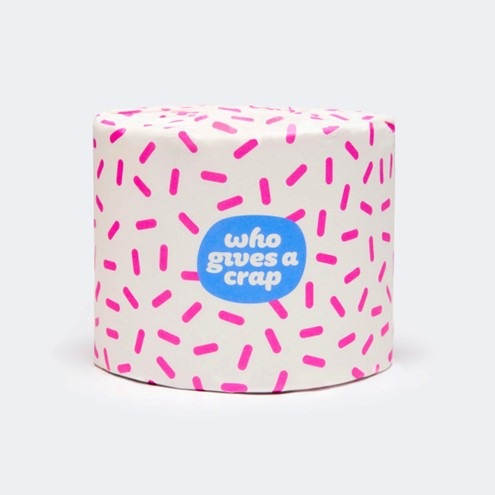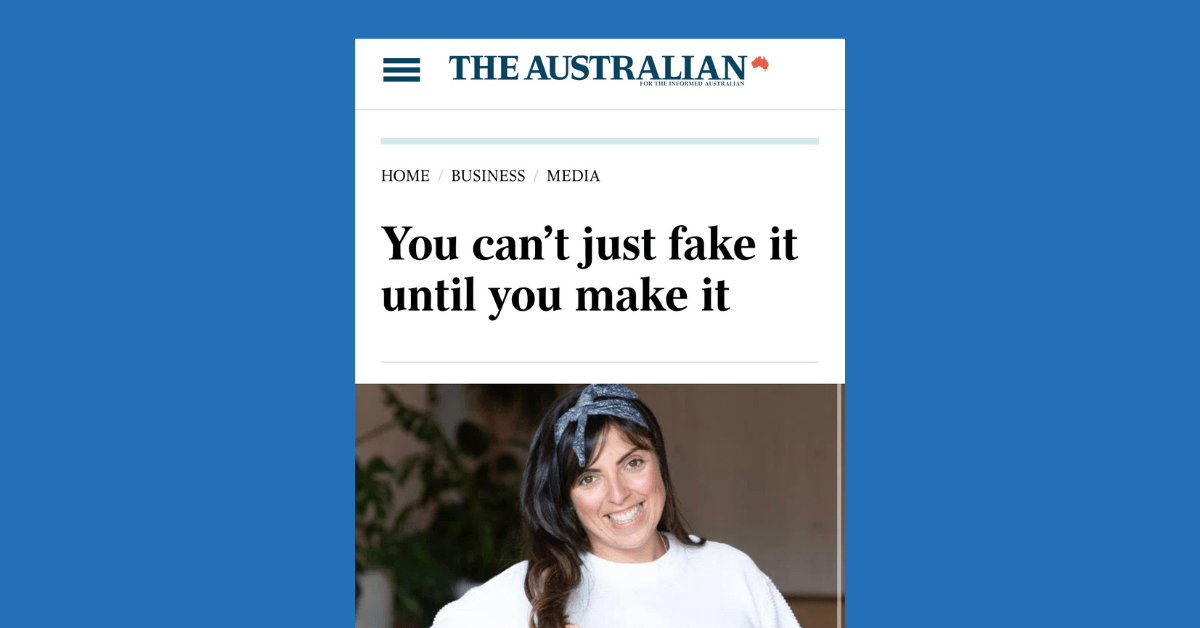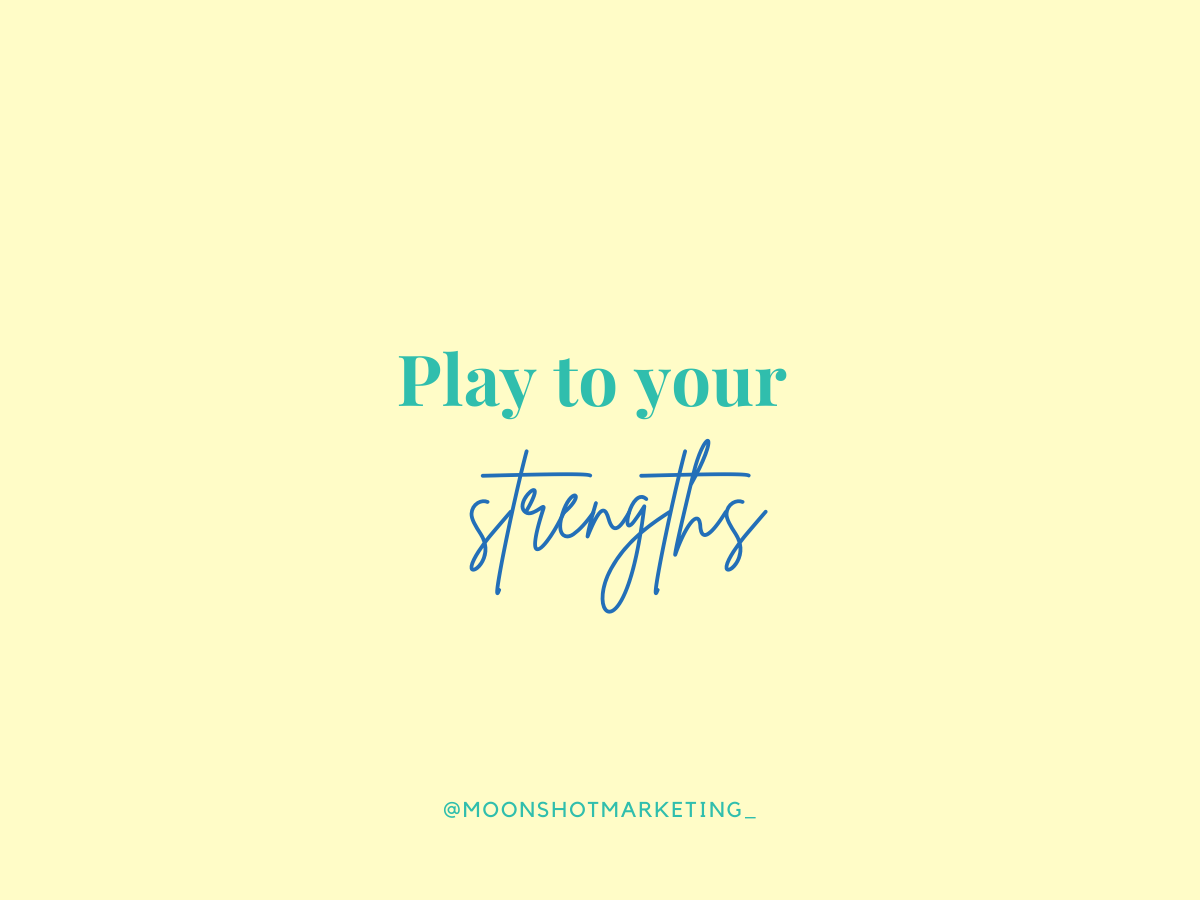As marketers, every now and again, you come across a campaign or an ad or a tagline and you think “Damn, I wish I had thought of that!”. At Moonshot, we’re all about purpose-driven marketing so we usually have one of those moments when we see a powerful campaign that we just know is really going to make people stop and think. Or even better, change their behaviour. Below are the top 3 examples of brand purpose campaigns we wish we’d been on the team for:
Patagonia
We have to start with this one because, at Moonshot, we’re kind of obsessed with Patagonia. They’re the epitome of a brand who live and breathe their purpose. Their purpose isn’t a half-baked concept that’s been added into their marketing strategy as an afterthought, but instead it’s embedded into every asset of their business strategy.
There are so many examples that we can’t possibly cover all of them, so we’ll talk about one of our favourites: the Patagonia 2013 Christmas campaign.
Patagonia Founder, Yvon Chouinard, is a rock-climbing enthusiast and an all-round lover of nature and the great outdoors. As a result, he has a passion for sustainability and preserving our earth- something which the concept of consumerism is often at odds with. This is why Patagonia only use organic cotton and design robust clothes that are made to last for life. They even come with a lifetime warranty.

Source: Patagonia
This campaign that told Christmas shoppers that they shouldn’t “buy this jacket” and actively encouraged customers NOT to buy from Patagonia, was highlighting the level that consumerism spikes to during this time of year. They wanted to make a point that people should only buy the things they need. When asked about the risky strategy, their European Marketing Director Jonathan Petty said, “Our customers expect very high quality and that’s why they always come back to us. At the same time, we help consumers change their behaviour for the better by encouraging them to make more considered purchases.” Pretty awesome, right?
Like we said, this is only one small example of how Patagonia are putting their purpose at the forefront of their business. To find out more, check out the page on their website on activism. There are some fascinating reads.
Who Gives A Crap
We love this brand for so many reasons: they’re built around their purpose, they’re Aussie and they just don’t take themselves too seriously. Honestly, we challenge you to find ANYONE who didn’t at least chuckle the first time they read their name. They’re also the perfect example of how ANY business, product or service can have a positive impact. Not only that, but they’ve kind of managed to make toilet roll, dare we say it… cool? For us, they’re ticking all of the boxes.

Source: Who Gives A Crap
Here are a couple of quick stats on Who Gives A Crap:
- They donate a huge 50% of their profits to the 2.4 billion people around the world who don’t have access to a toilet and clean water: Their website has a brightly decorated banner declaring that they’ve donated over $10,800,000 AUD. If you do a bit of quick maths, it’s not difficult to figure out just how much their business is thriving in terms of profit, yet their commitment to their purpose is undeniable. And, as an added bonus, their tagline ‘Toilet paper that builds toilets’ is spot on!
- Their toilet roll is made from 100% recycled fibres: Not only this but all of their packaging is 100% recyclable and their shipping is 100% carbon neutral.
Modibodi
This is another game changing Australian brand that we have nothing but good things to say about. Their period undies offer a reusable alternative to single-use hygiene products and they even have a range of undies that are completely biodegradable which is a world first. Not only that but their products have been designed to empower women – something we are very passionate about at Moonshot Marketing.
What’s even more inspirational about this brand, is the way they passionately champion causes that are close to their hearts. Just last year, they launched a post-partum range and collaborated with Getty Images to change the narrative on post-partum health. They produced an amazing suite of photographs that help normalise what post-partum looks like.

Source: Getty images
As part of the campaign, they created a gallery of images showing moments or milestones during the post-partum period. The images were raw and beautiful and a refreshing departure from the unrealistic images of post-partum bliss that we’re all so used to seeing. Instead, they depicted the unfiltered realities that come with motherhood: changing bodies, stretch marks, blemishes and leaking body parts. That’s exactly the kind of brand purpose campaign we can get behind!
Have these examples of brand purpose campaigns inspired you to get stuck into a brand new business and marketing strategy? If they have, get in touch with us for a chat about how we can help you to embed purpose into your brand like these game changing organisations.











